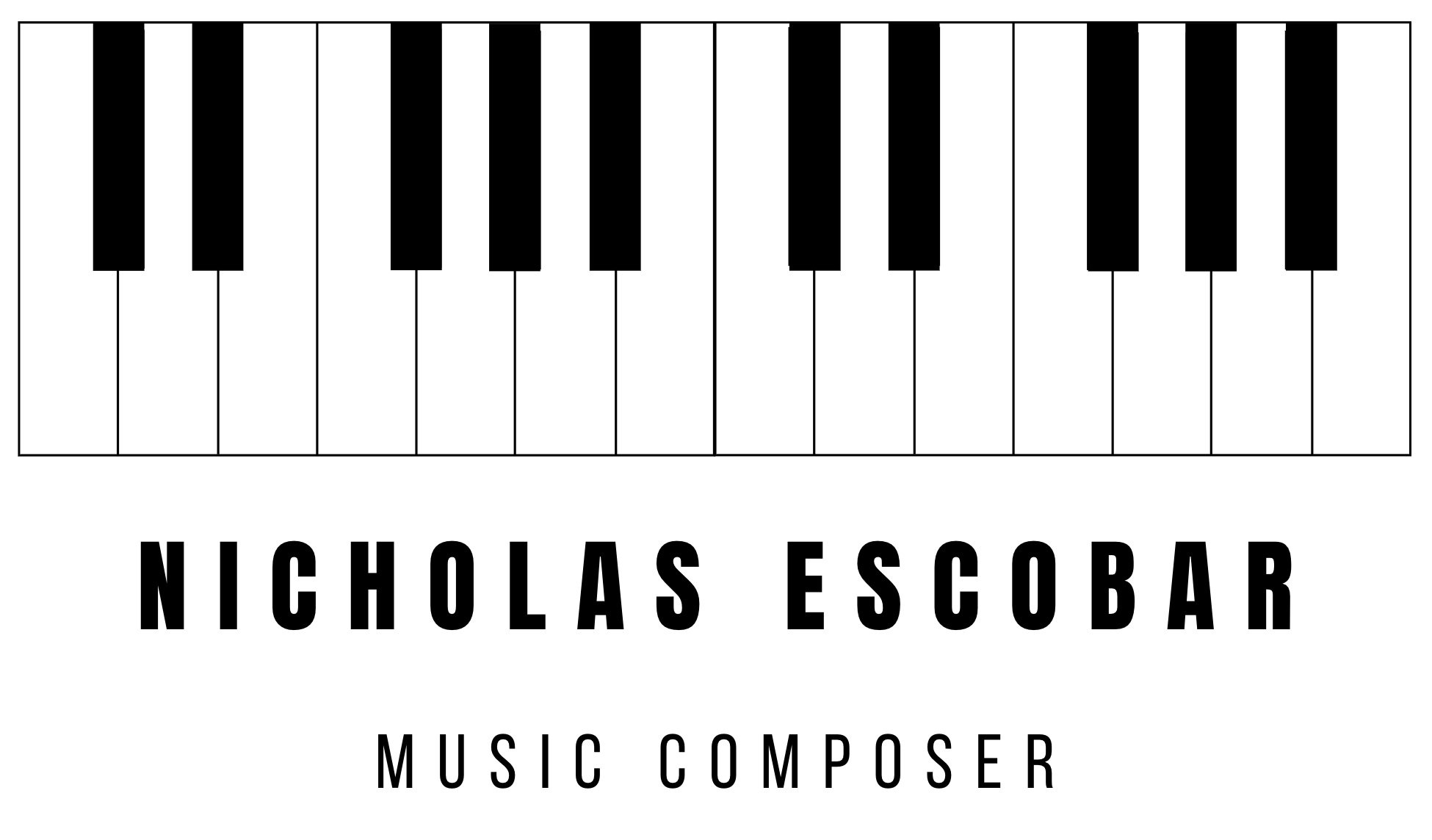My Composing Process: Spitfire's Westworld Competition
Dear Readers,
Hope you all are safe and healthy. Due to the pandemic I am now based in Villanova, Pennsylvania. I flew back the US from Edinburgh in March. I will write a separate blog post about all of this.
The point of this blog post is to talk about my composing process. I will be creating a series of blogposts about this.
A week or so ago, Spitfire Audio released a competition that challenged composers to score a chase-scene from Season 3 of the HBO show “Westworld”. I this decided to try it out, even though I really have not composed a lot of action music in my composing career.
It has been an eye-opening and creatively thrilling experience.
Recording Creatively
As a part of my masters program at the University of Edinburgh, I have been experimenting with recording short little sounds and then crafting rhythms out of them. I did this for a short film titled “The Angler” last year, by creating a rhythm out of sounds I recorded in a lake in Maine. For the Westworld scene, I decided to create a rhythm out of a sounds I could record in my house. So I took my Zoom H4N recorder and explored. I recorded the following things for the score:
A screenshot of my “Westworld Rhythm” from my Logic X session
Typewriter keys
A old toy horse that rolls (specifically the wheels rolling on wood)
A metal lock on a window
Hitting the metal chain that held a punching bag with a large Nerf sword
The sound of the metal base of a earth globe scraping against wood
Hitting metal piping with a plastic clothes-hanger
Ping-pong balls bouncing on stone
I recorded two sounds from an old piano keyboard in our basement. Incidentally this was my first piano ever. I started playing it when I was 7-years-old. I placed the Zoom mic in front of an amp, and playing really low hits of an electric guitar patch and a bari sax patch. These proved to be critical
The sound of dog food (specifically reaching in with a plastic cup and picking it up)
Hitting the strings of an autoharp with a drumstick (two hits - upper register, lower register)
A variety of different hits on the wood exterior of a drum
Hitting the wooden part and the shell section of a shaker
Long notes on a harmonica (upper and lower register, a lot of vibrato)
Low “G” on an autoharp, strummed with finger
Hitting my finger on a copper bowl
Crafting the Rhythm
So I think those are all the live recorded elements. Numbers 1, 14 and 15 were sampled in Logic and arpeggiated in crazy crazy ways. Numbers 1-9 were used to craft the main beat for the score. You can see the beat laid out in the photo from the Logic session above. I have also included an isolated track with just the beat, and no processing, below so you can hear what it sounded like dry. In the actual score, I ran it through this FX plugin in Logic which distorted the recording and made it sound far more electronic.
My process for crafting this main beat was simply it throw a bunch of the small sound bits together and see what happened. I started with the “DogFood” hits, putting them at the beginning of each 6/8 bar. Then I built it up from there. The “Typewriter” hits were especially useful increasing a snare-like quality to the beat. The two sampled bits from the old keyboard added a fantastic melodic element.
This beat probably took 5 minutes to put together. When those 5 minutes had passed I knew I had what I wanted and I didn’t mess with it anymore. I bounced it out and started playing around with the bounced file. I find that is best, because if I become too obsessive about it, the beat might become too busy.
Composing and Producing
As far as sample libraries go: I used a ton of different sounds from Spitfire Labs, both volumes of Tina Guo’s cello from Cinesamples, the mellotron from Logic X and some drums from the Kontakt Player library. The main theme is a short 6-note motif that is played by the sleigh bells patch from Spitfire Labs.
I really pushed myself in the production side of this score. I just recently got a Studiologic Mixface (I absolutely love it) and I used that to perform realistic and natural automations in Logic. I used it to completely detune the Spitfire Labs distorted trumpet patches and make them sound like car sirens. I also used it to add high pass filters on the entire track at various moments to accent what is happening on screen. I set up one of the zones of the Mixface to work with the rotor cabinet in Logic and used this on the trumpet tracks, making them ever-changing and ever-morphing.
This score was a blast to compose. I feel like I crafted an action cue that never feels entirely stable (partly because though it is in 6/8 time, a lot of the instrument parts are in different time signatures), and that complements the chaos of the Westworld scene. I have discovered a passion for writing action music, and I’m excited to score more action scenes in the future.
I have been hard at work on a number of projects which will be released into the world soon. Keep a lookout for more blog posts!
Yours Musically,
Nicholas Escobar
The entire Logic X session, organized into stems


